
This is entry #91 in our ongoing 100 Philosophers, 100 Artworks, 100 Words Series.
Continue Reading →

February 20, 2024
by Aesthetics for Birds
0 comments

This is entry #91 in our ongoing 100 Philosophers, 100 Artworks, 100 Words Series.
Continue Reading →
December 30, 2023
by Aesthetics for Birds
0 comments
‘Tis the season for year-end recommendations! So some of our staff are bringing you one thing that we experienced this year* that’s worth telling others about.
From all of us, thanks for another great year. Hope you enjoy these, and we’ll see you in 2024!
*Although not necessarily from this year!

November 17, 2023
by Aesthetics for Birds
1 Comment

When Jason Allen’s Théâtre D’opéra Spatial (2022) won the blue ribbon in the Colorado State Fair’s annual art competition in the category for digital art or digitally manipulated photography, there was a very strong outcry in the media that this signified the ‘end of art’. Allen himself was quoted in the New York Times saying “This isn’t going to stop. Art is dead, dude. It’s over. A.I. won. Humans lost.”
Continue Reading →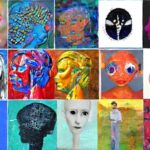
November 2, 2023
by Aesthetics for Birds
1 Comment
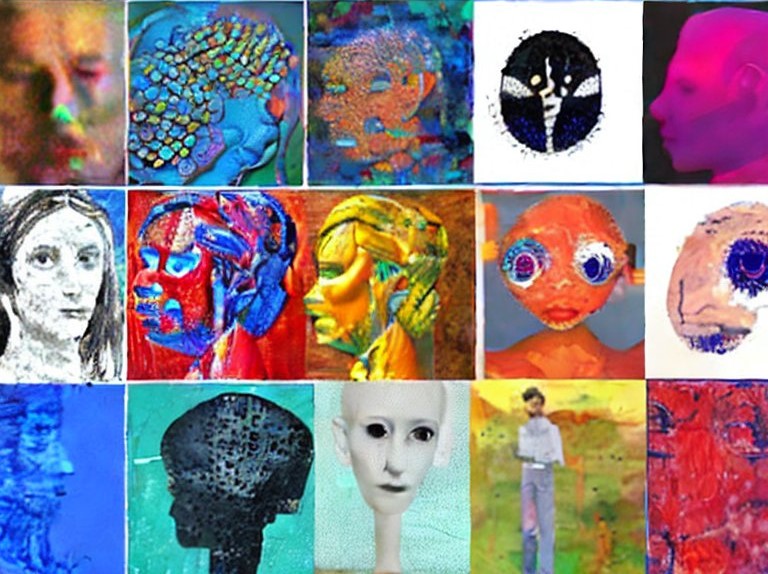

In the past year, debates about artificial intelligence have taken over public discourse.
The use of AI in art and content creation raises moral issues. Because many AI are trained on human-created samples (including Aesthetics for Birds!), artists and other creators find it exploitative, some demanding compensation. But there are others who argue that AI will help artists, especially those with accessibility needs.
It raises aesthetic and artistic questions, too. Is AI art actually even art? If it is, could it ever be good art? AI rattles our existing concepts of artistry and creativity. It forces us to rethink the fundamental purpose of art. Perhaps it spells the end of art practices as we know them.
We asked eight scholars working in these areas to comment on the current state of art and AI. Their wide-ranging reflections, from Roland Barthes and Arthur Danto to Taylor Swift and LEGO pieces spilled on the floor, try to uncover what’s most human in art, and why we should care about that at all.
Our contributors are:


October 26, 2023
by Alex King
0 comments


The nineteenth century pianist Franz Liszt inspired an abject frenzy in his fans so intense that people of the time had to make up a special term for it. When reflecting on (and coining) “Lisztomania,” the German poet Heinrich Heine wondered why people were going so wild for Liszt. After discussing some outlandish suggestions, he mused, “Perhaps the solution […] floats on a very prosaic surface. It seems to me at times that all this sorcery may be explained by the fact that no one on earth knows so well how to organize his successes, or rather their mise en scene, as our Franz Liszt.”
Truer words could not have been spoken about the current age of Swiftomania. No one on Earth knows so well how to organize their mise en scene—public image, social media, interviews, music, fashion, concerts—as our Taylor Swift.
Continue Reading →

October 19, 2023
by Aesthetics for Birds
0 comments


What follows is a guest essay by Jeremy Davis (University of Georgia).
A few months back, I went to a New Found Glory concert (I have a soft spot for early-aughts pop punk; sue me). Midway through their set, I noticed that a woman a few rows in front of me kept looking at her phone. In my experience, when people are on their phones at shows, it is usually to send a text or post a selfie to their social media. But this woman was doing something I hadn’t seen before: she was looking up the band’s setlist on Setlist.fm.
Continue Reading →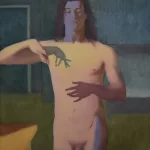

October 13, 2023
by Aesthetics for Birds
0 comments
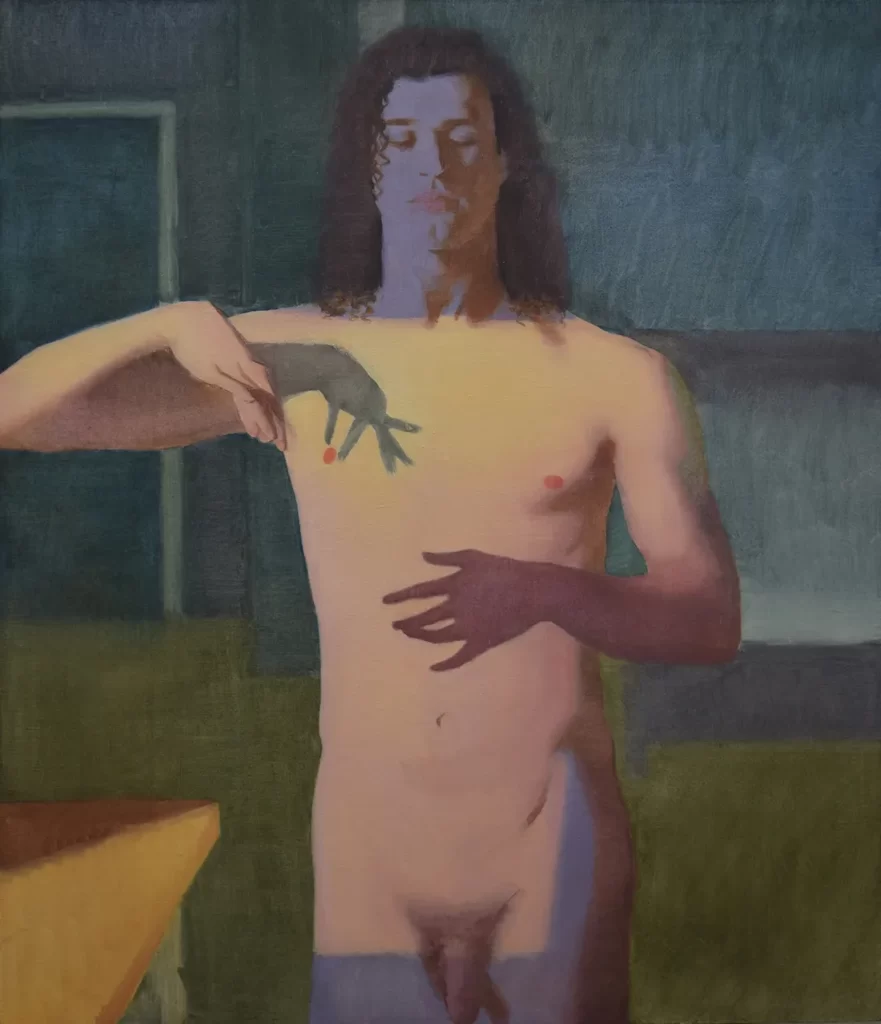

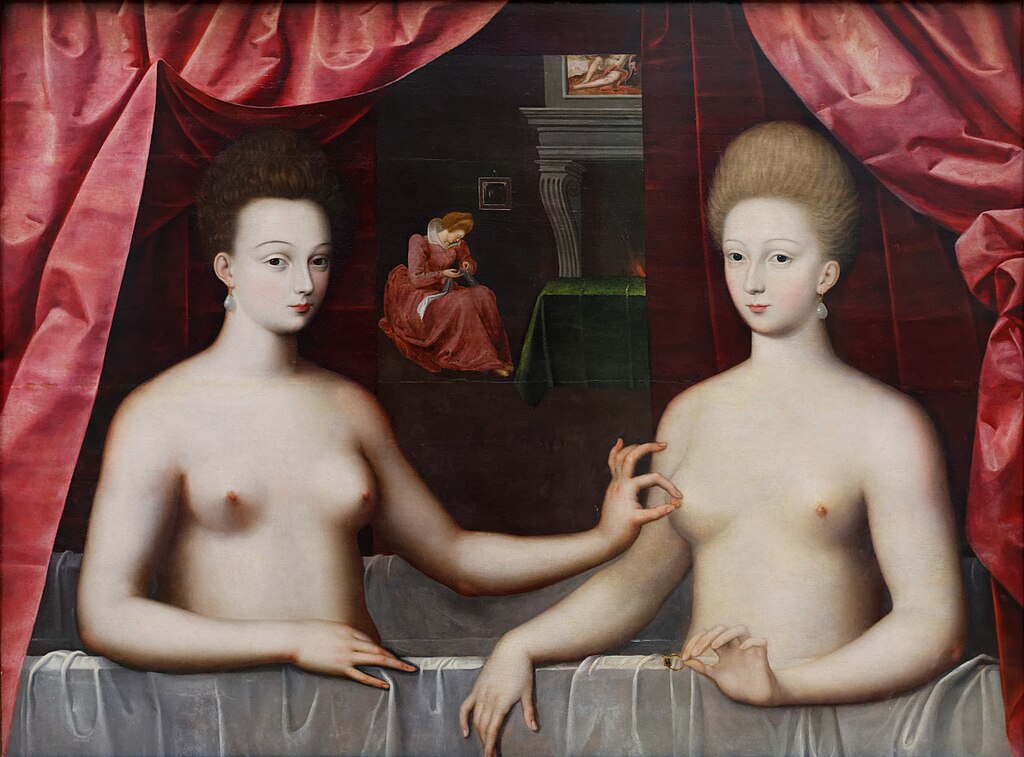

This is entry #90 in our ongoing 100 Philosophers, 100 Artworks, 100 Words series.
Continue Reading →

October 5, 2023
by Aesthetics for Birds
0 comments


An essay by Antony Aumann (Northern Michigan University)
I was twelve when I saw The Pistol: The Birth of a Legend, a biopic about the basketball star Pete Maravich. It wasn’t a good movie—think Baz Luhrmann’s Elvis, but a lot cheesier and focused on shooting hoops—so I’m somewhat embarrassed to admit that it had a significant impact on my life. Watching it inspired me to spend my teenage summers dribbling a basketball in the driveway, hoping to become a star myself.”
Continue Reading →

September 22, 2023
by Aesthetics for Birds
1 Comment


This is entry #89 in our ongoing 100 Philosophers, 100 Artworks, 100 Words series.
Continue Reading →

September 7, 2023
by Aesthetics for Birds
1 Comment
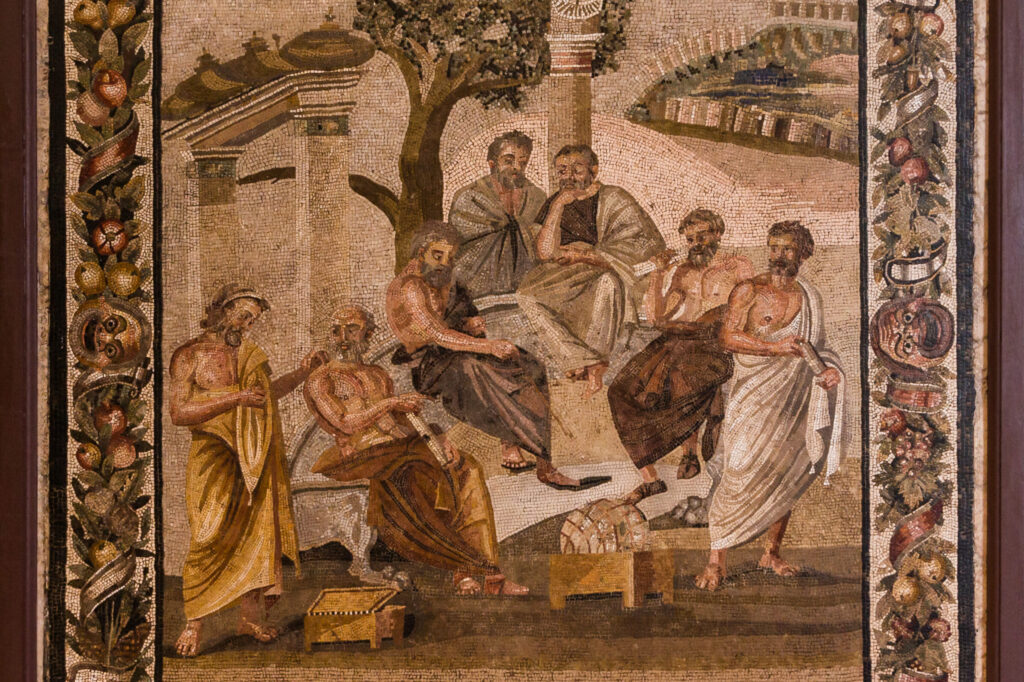

What follows is an essay by Thomas E. Wartenberg (Mount Holyoke College), based on his recent book Thoughtful Images (OUP, 2023).
The first illustration of philosophy that I have been able to identify is the Roman mosaic from Pompeii made in the first century C.E. that you see here. It shows a group of men focused on a standing man who is speaking. The figures have been identified as Plato holding a stick and pointing, surrounded by other philosophers from Ancient Greece, though there is debate about who they are.
This beautiful mosaic illustrates an aspect of the Platonic practice of philosophy: it depicts a group of men having a discussion. This is an important aspect of how philosophy was done in Ancient Greece, and it accords with the famous portrait of Socrates doing philosophy with his followers. It thus represents an advance in the illustration of philosophy, for the only traces of philosophy in previous works of art were the busts of famous philosophers.
Continue Reading →